Every personality test promises a mirror, but few grab us like the Hogwarts Sorting. It feels playful, yet strangely revealing, the way a childhood story can whisper adult truths. Scientists who study personality and animal behavior see a familiar pattern here: archetypes that map onto measurable traits and well-studied ecological strategies. The mystery is whether those house leanings line up with the kinds of animal temperaments we observe in the wild. The discovery is that they often do, not as destiny but as a metaphor that helps decode how we tackle risk, solve problems, build alliances, and defend values.
The Hidden Clues

Here’s the jolt: your favorite house might predict how you navigate life’s thickets and open fields. In psychology, people differ in appetite for risk, tolerance of uncertainty, and attraction to novelty, and those differences echo strategies that animals use to survive. Think of this as a symbolic field guide rather than a horoscope; it’s about patterns, not prescriptions. When we translate house traits into scientific language, we get a tidy set of behavioral variables that researchers can measure in labs and in the wild. That’s where the fun begins, because metaphors suddenly turn into testable ideas.
I first noticed this while tagging urban foxes with a field team; some animals barged into new alleys, while others watched patiently from shadows. Later, in a classroom, I watched students self-sort by house with the same split between bold explorers and cautious strategists. The parallels aren’t perfect, but they’re hard to unsee once you spot them. The takeaway is not that a quiz defines you, but that story-shaped identities can spotlight genuine, studied dimensions of human behavior. It’s a reminder that the line between myth and method is often a bridge.
From Ancient Tools to Modern Science
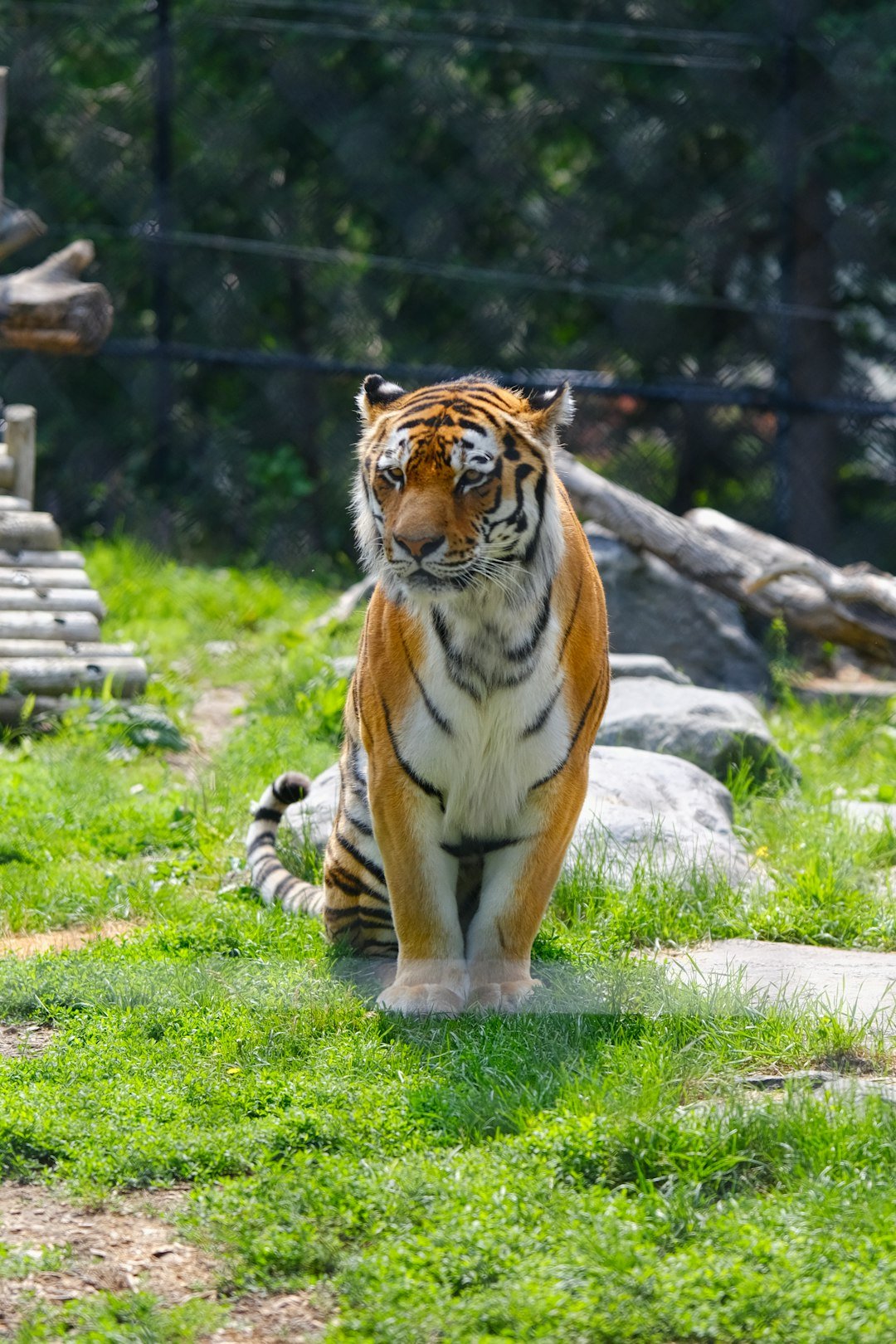
Humans have always used animals as mirrors, from cave paintings to medieval bestiaries. Today, behavioral ecology and personality psychology bring precision to those old intuitions. Researchers talk about exploration versus avoidance, immediate reward versus delayed payoff, cooperation versus competition, and flexible problem solving versus rule-based perseverance. Those axes line up neatly with traits often associated with the four houses, such as boldness, cunning, curiosity, and loyalty. The language is new, but the questions are ancient: when is it wiser to charge, to plan, to learn, or to care?
Modern tools make the comparisons sharper without stripping away the magic. GPS tags reveal who wanders and who stays; cognitive puzzles show which animals persist, switch tactics, or recruit help. In people, surveys and tasks probe sensation seeking, conscientious routines, analytical thinking, and social trust. Put together, you get a cross-species map of strategies that succeed under different pressures. Your house preference might simply be how you narrate the spot you occupy on that map.
Gryffindor: Courage in the Wild
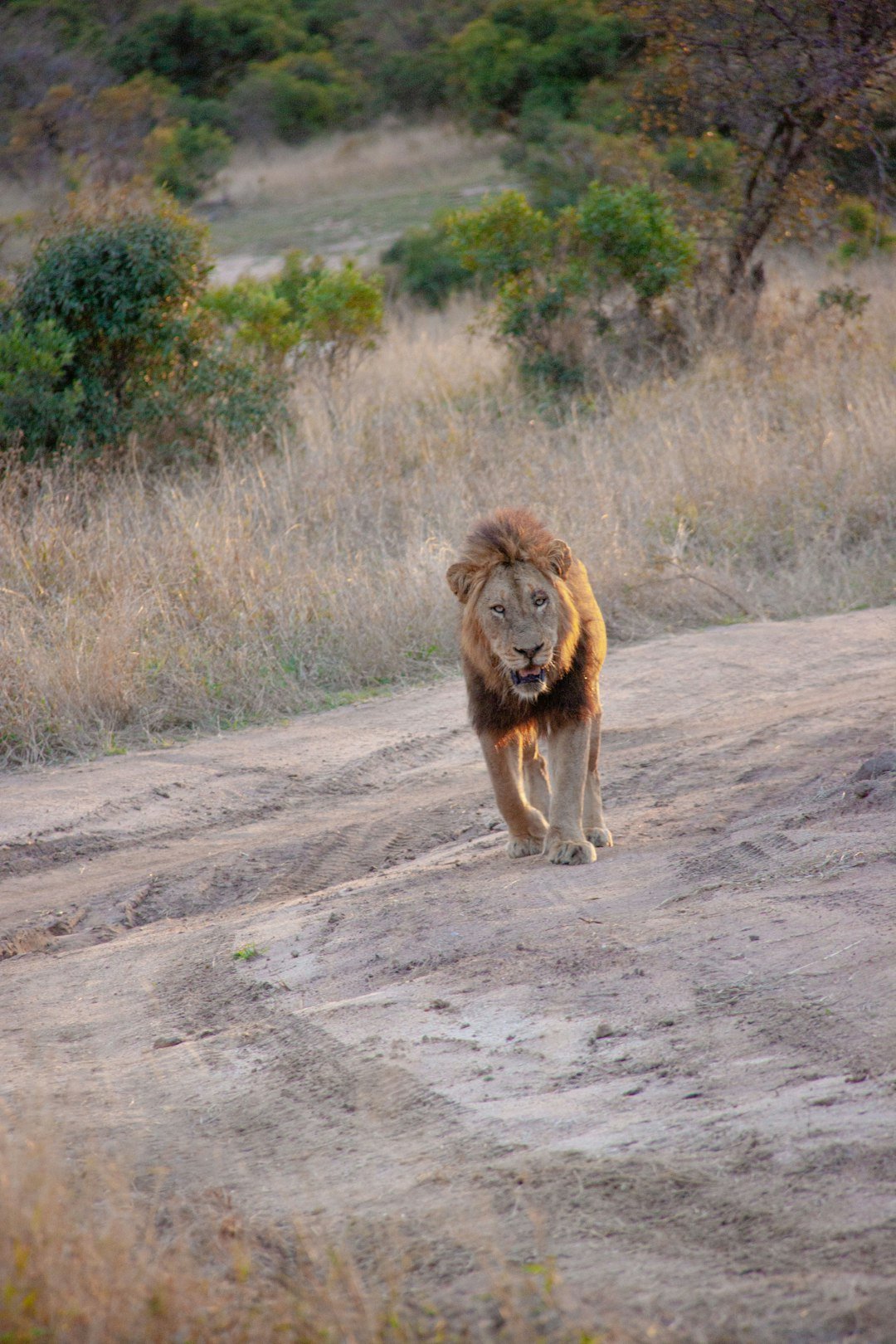
Gryffindor energy looks a lot like the bold foragers biologists watch at the leading edge of a landscape. Picture big cats that test boundaries or corvids that dive first on a novel food source, betting that speed beats caution. In human terms, this shows up as willingness to take social and moral risks, to intervene, to try before all the variables are known. It’s not recklessness; it’s a calculated tilt toward action when time is tight. In ecosystems that reward fast moves, that style wins ground.
The trade-off is obvious to field scientists: bold animals find more opportunities but meet more danger. The best performers pair courage with quick learning, updating tactics after close calls rather than charging blindly. In people who favor Gryffindor narratives, you often see a similar blend of drive and course correction. Think of it as a lion’s sprint backed by a fox’s memory. When the world changes quickly, this pairing can be a survival feature, not a flaw.
Slytherin: Strategy in the Wetlands
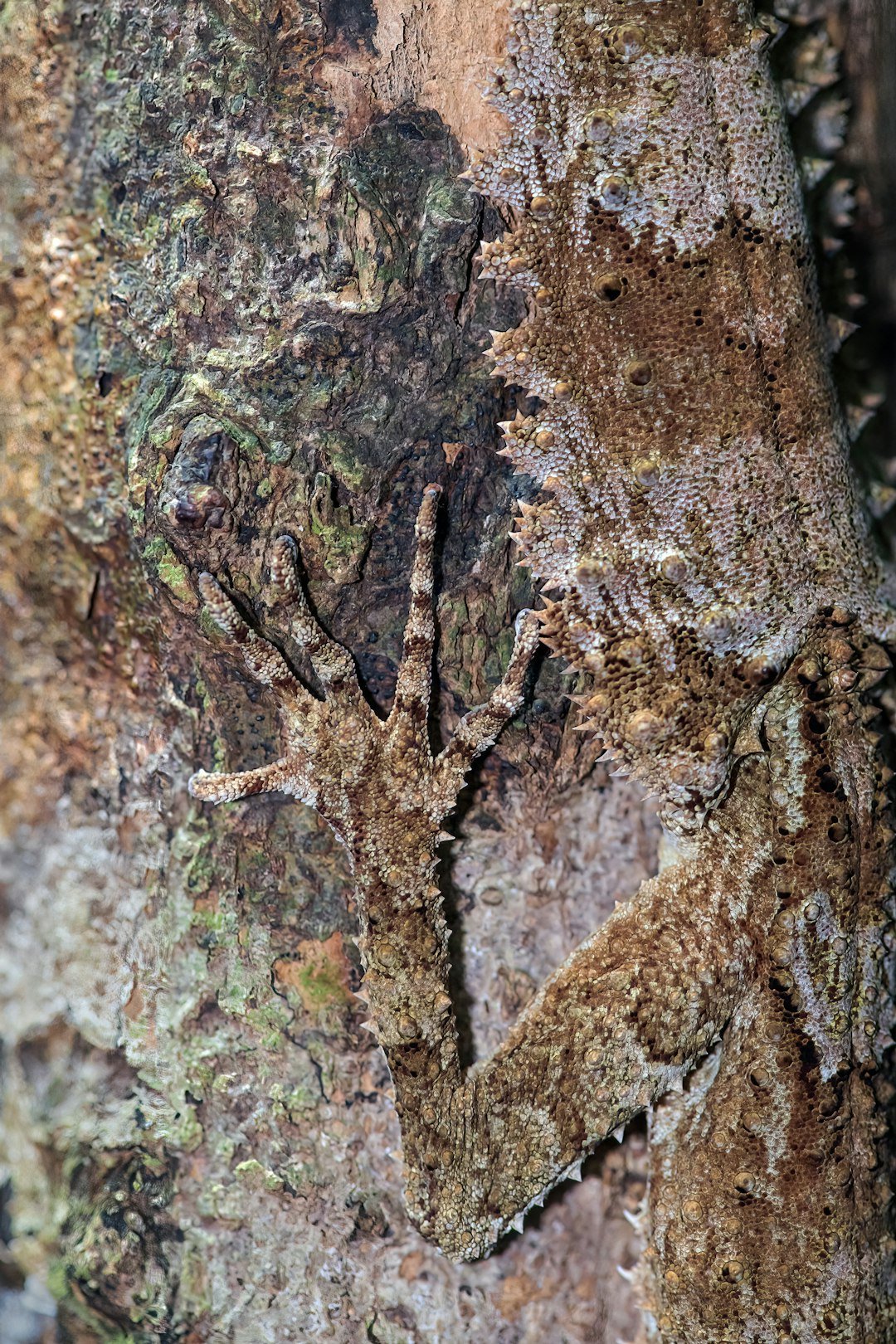
Slytherin maps onto the strategic, resource-maximizing approach seen in species that thrive by planning, camouflage, and careful timing. Many reptiles and predatory fish succeed not by speed but by positioning, patience, and choosing battles they will surely win. In human behavior, that can look like long-game thinking, networking, and a keen sense for leverage. It’s less about rule breaking and more about reading the rules like a contract and spotting the clauses everyone else missed. In volatile environments, planners conserve energy and pounce when odds peak.
The ecological lesson is that strategy is a form of efficiency. Animals that waste little and strike precisely often dominate stable niches. People with a Slytherin tilt may excel at delayed gratification, a proven predictor of real-world outcomes when paired with empathy and ethical guardrails. The balance point matters: cunning without conscience burns trust, while strategy with social awareness builds durable systems. Nature rewards the latter more than the former in the long run.
Ravenclaw: Curiosity in the Canopy
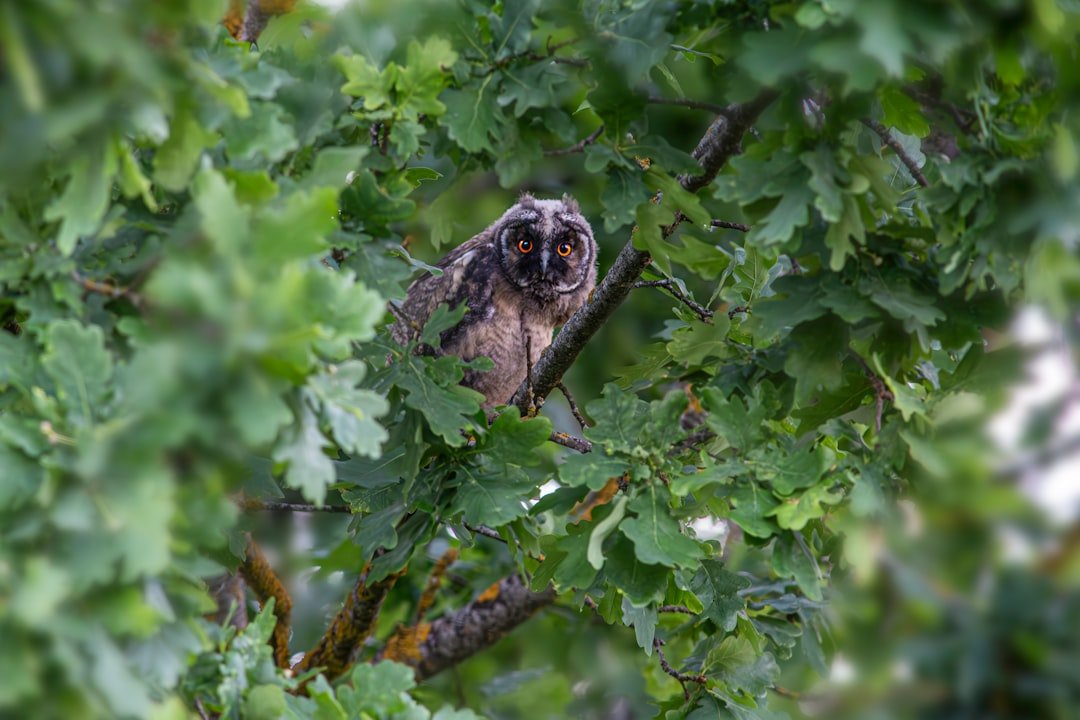
Ravenclaw aligns with high exploratory drive and cognitive flexibility, the traits that help parrots, primates, and dolphins solve novel problems. These animals test, compare, and tinker, sometimes passing on tricks that look suspiciously like culture. Humans who favor this style often seek patterns first and action second, scanning for better questions as much as for answers. That deliberate pace isn’t indecision; it’s precision, the way an owl tracks the faintest rustle before a silent dive. In environments where information is power, that watchfulness becomes an edge.
Scientists call this approach opportunistic learning, and it flourishes where tools, ideas, and collaborations are plentiful. In people, you see the same signature in love of puzzles, evidence, and elegant explanations. The trap to avoid is analysis that never ends; the sweet spot is curiosity that ships. When that happens, a Ravenclaw mindset becomes an engine for innovation, whether in a lab, a newsroom, or a community project. The canopy is high, but the vantage is worth the climb.
Hufflepuff: Cooperation in the Meadow

Hufflepuff evokes the cooperative stamina of social mammals and eusocial insects that build more together than they ever could alone. Think of badgers holding territory through persistence or prairie dogs raising alarms that protect the whole town. In human groups, this shows up as reliability, fairness, and an instinct to include. Those are not soft skills; they are hard infrastructure for trust, the resource that multiplies every other talent. In the long haul, communities built on these habits outlast flashier rivals.
Field data echo this point: animals in cohesive groups survive droughts, predators, and illness more often than solitary peers. People who prefer this house often shine in roles that require patient maintenance and quiet leadership. The danger is self-erasure; cooperation works best when individuals also protect boundaries and ask for support. When the balance holds, the result is a meadow that feeds many, season after season. In science terms, it’s resilience rendered as routine.
Sorting the Data: How Scientists Would Test It

Turning metaphor into measurement isn’t hard; it just takes design. Researchers could pair house self-identification with established personality scales, cognitive tasks, and risk simulations, then compare results with wildlife datasets on boldness, foraging strategies, and cooperation. The aim wouldn’t be to prove fate but to see whether narratives cluster around specific, stable traits. If the clusters hold, they become a teaching tool for understanding behavior across species. If they don’t, that’s useful too, revealing which parts of the story were only story.
Methodologically, you’d want cross-cultural samples, preregistered hypotheses, and replication across labs. You’d also want caution with the term spirit animal, recognizing its cultural roots and choosing respectful language like symbolic animal proxy. Ethical review would be central, especially when translating animal traits into human labels that can be misused. The goal is curiosity with care, not labels that limit. When science meets myth responsibly, both become clearer.
Why It Matters
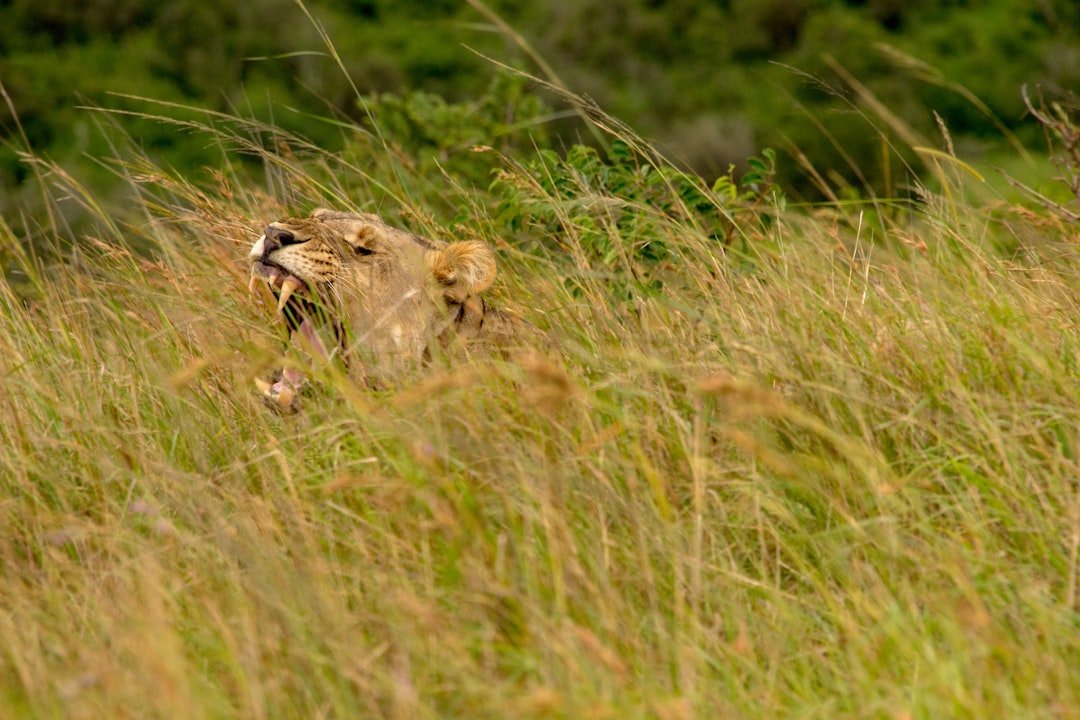
Framing behavior through animal strategies can make abstract traits feel tangible, which boosts understanding and empathy. People grasp boldness versus caution more quickly when you show a lion’s sprint and a heron’s stillness. Traditional personality reports can feel dry; this approach gives them a story spine without losing rigor. It also invites people to value complementary styles instead of ranking them, a shift that improves teamwork, teaching, and mental health conversations. In short, this lens democratizes science by making it memorable.
Compared with standard tests alone, archetypes offer an entry ramp, not a replacement. The science remains in the data, but the story helps people stay long enough to hear what the data say. That matters in classrooms, clinics, and conservation outreach where attention is scarce. The practical payoff is better self-knowledge and kinder group dynamics. If a simple story helps people listen, that’s a win for evidence.
Global Perspectives
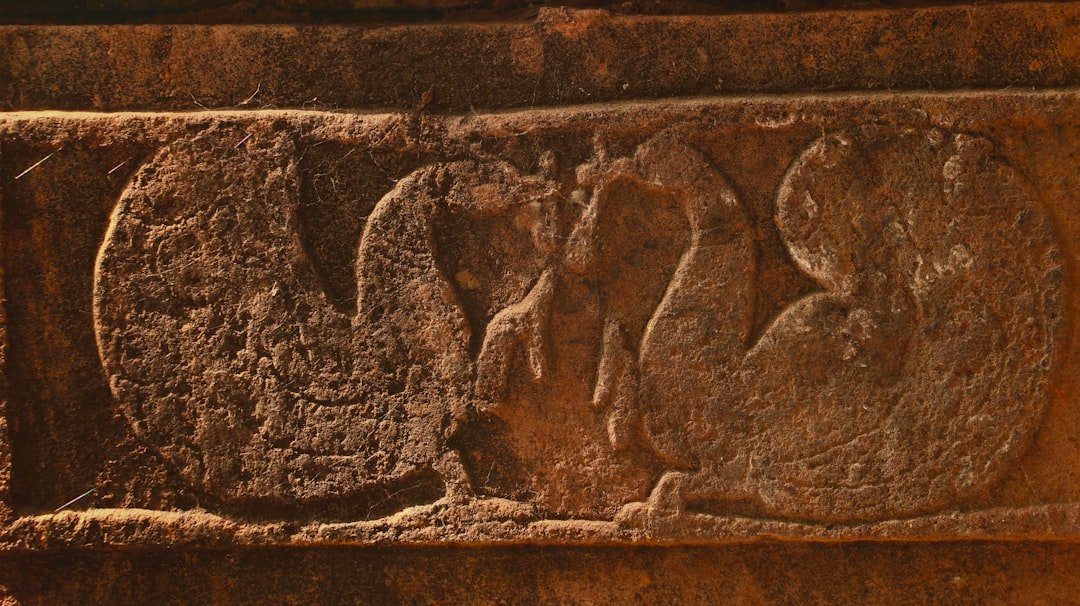
Animal symbolism is not universal, and that’s part of the lesson. In some regions, snakes symbolize healing; in others, they signal danger, so the same animal can cue different strategies. House preferences might also shift with culture, age, and social norms, altering which animal metaphors resonate. Scientists would need to map those differences carefully to avoid one-size-fits-all claims. Diversity in samples isn’t a box to tick; it’s the whole puzzle.
Cross-cultural studies could compare how similar traits get mapped onto different animals while preserving the underlying behavioral logic. A strategist might be a crocodile in one place and a fox in another, but the core idea – patient opportunism – remains. When models fit multiple cultural lenses, confidence grows that they are tracking something real. When they don’t, the mismatch teaches us where context dominates. Either way, the world becomes more legible.
The Future Landscape

Emerging tools will make this playful science surprisingly precise. Wearables can capture micro-risk decisions, while cognitive games on phones reveal patterns in attention and persistence. In wildlife research, better bio-loggers and computer vision will parse animal strategies at scales we once only imagined. Linking the streams carefully could produce a living atlas of behavioral styles across species, including us. The biggest challenge will be privacy, consent, and preventing labels from hardening into boxes.
Artificial intelligence will help by spotting patterns humans miss, but it must be guided by transparent methods and public oversight. The aim is explanation, not prediction that locks people in. Done well, this work could shape education that meets students where they are, workplaces that mix complementary temperaments, and conservation that considers personality in reintroduction programs. The global implication is humane systems tuned to how minds actually move. That’s a future worth testing, one careful study at a time.
Conclusion

Try this small experiment this week: notice whether you lean toward the sprint, the plan, the question, or the bond when choices arrive. Share that observation with a friend, and ask for theirs, then look for a task where your styles fit like puzzle pieces. Support local conservation or citizen-science projects that study animal behavior; they’re a gateway to seeing strategies in motion. When you read science news, reward nuance over hype, and remember that metaphors are tools, not cages. Most of all, treat your house – and your spirit animal proxy – as a compass, not a cage; let it point, then choose the route.
If this lens helps you make one kinder decision for yourself or your community, it’s already done useful work. And if it sparks curiosity about the minds that share our planet, even better. The wild is full of strategies waiting to be seen, and you’re part of that story. So, if you had to pick today, which path would you take – the sprint, the plan, the question, or the bond?

Suhail Ahmed is a passionate digital professional and nature enthusiast with over 8 years of experience in content strategy, SEO, web development, and digital operations. Alongside his freelance journey, Suhail actively contributes to nature and wildlife platforms like Discover Wildlife, where he channels his curiosity for the planet into engaging, educational storytelling.
With a strong background in managing digital ecosystems — from ecommerce stores and WordPress websites to social media and automation — Suhail merges technical precision with creative insight. His content reflects a rare balance: SEO-friendly yet deeply human, data-informed yet emotionally resonant.
Driven by a love for discovery and storytelling, Suhail believes in using digital platforms to amplify causes that matter — especially those protecting Earth’s biodiversity and inspiring sustainable living. Whether he’s managing online projects or crafting wildlife content, his goal remains the same: to inform, inspire, and leave a positive digital footprint.




